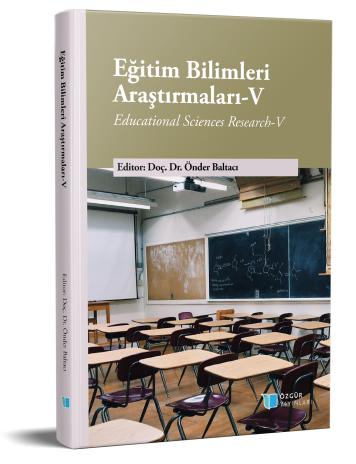
Yükseköğretimde Uygulanan Zorunlu Uzaktan Öğretim Sürecinde Madalyonun İki Yüzü: Avantajlar ve Dezavantajlar
Şu kitabın bölümü:
Baltacı,
Ö.
(ed.)
2023.
Eğitim Bilimleri Araştırmaları- V.
Özet
Pandemi nedeniyle bir gecede uzaktan eğitime geçilmesinden en çok etkilenen taraflardan biri tartışmasız üniversite öğrencileri olmuştur. Bu çalışmada, üniversite öğrencilerinin görüşleri ve deneyimleri doğrultusunda geliştirmiş oldukları argümanlar temelinde zorunlu uzaktan öğretim sürecinin avantajlarını ve dezavantajlarını ortaya çıkarmak ve bunları önem sırasına göre sıralamak amaçlanmıştır. Nitel araştırma desenlerinden fenomenoloji deseni ile yürüten araştırmaya gönüllü olarak 1323 üniversite öğrencisi katılmıştır. Bilgisayarlı argüman delfi tekniği ile toplanan veriler içerik analizi ve betimsel istatistiklerle analiz edilmiştir. Araştırma sonucunda, zorunlu uzaktan öğretim sürecine ilişkin olarak üniversite öğrencilerinin %84’ü olumsuz, %16’sı ise olumlu görüş bildirmiştir. Sürecin avantajlarına ilişkin öğrenci görüşleri önem sırasına göre rahatlık ve güvenlik ile öğrenme ortamının işlevselliği olmak üzere iki tema altında toplanmıştır. Sürecin dezavantajlarına ilişkin öğrenci görüşleri ise önem sırasına göre öğrenme ortamı ile ilgili sorunlar, öz-düzenleme ve öz-kontrol eksikliği, iletişim/etkileşim problemleri, sağlıkla ilgili sorunlar, ölçme-değerlendirme sorunları, branş/bölüm farklılıkları ve fırsat eşitsizliği olmak üzere yedi tema altında toplanmıştır. Bulgular, Türkiye bağlamında tartışılmış, politika yapıcılara, öğretim elemanlarına, öğrencilere ve araştırmacılara yönelik öneriler sunulmuştur.

